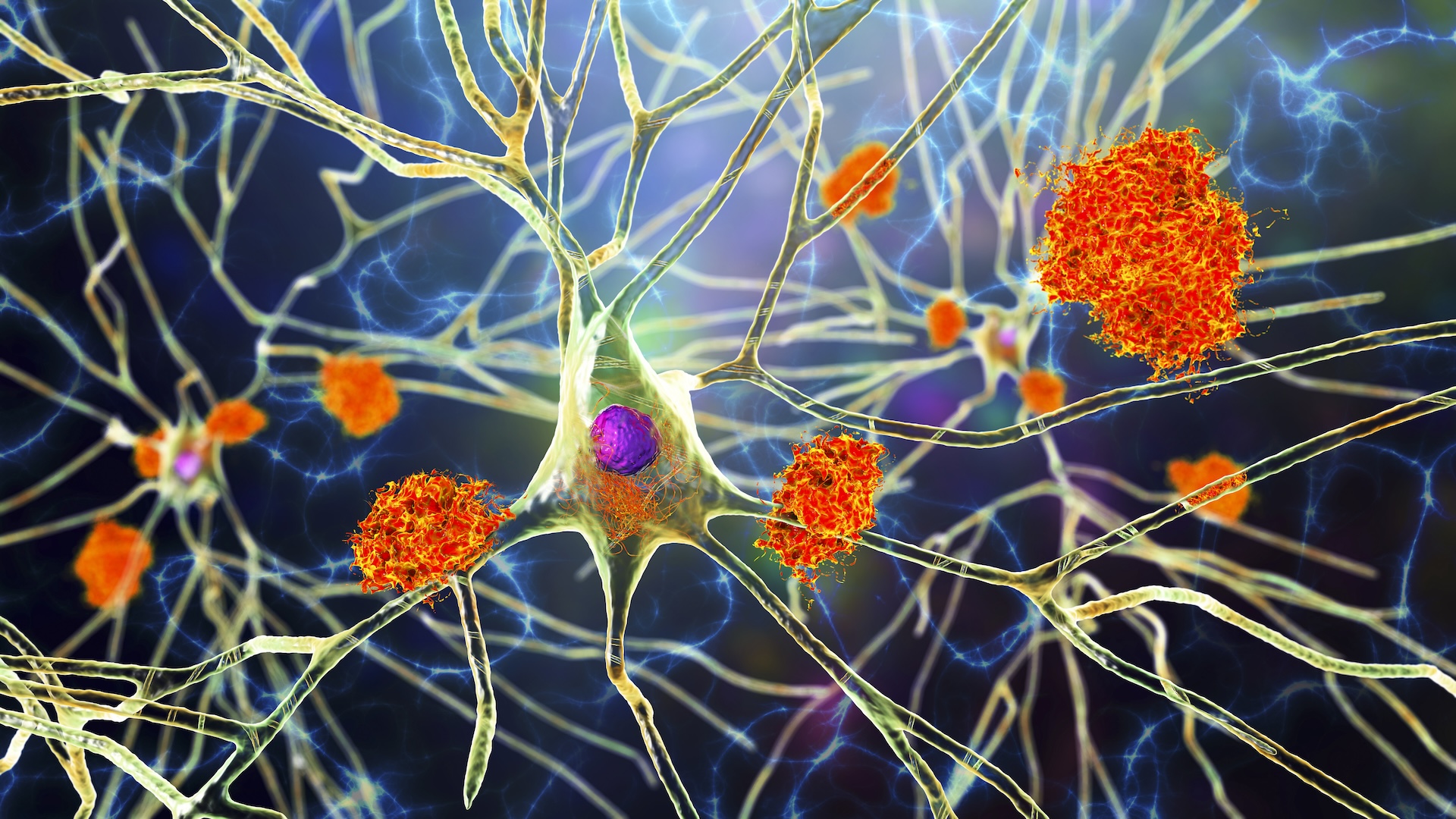Next Generation: 5 Ways Science Classes Will Change

The millions of K-12 students who have returned to school this fall may find dramatic changes waiting in their science classrooms. In this and coming school years, new national standards are set to transform science education in the United States.
Released this April, the Next Generation Science Standards (NGSS) draw on decades of education research, aiming to improve U.S. students' performance in STEM (science-technology-engineering-math) subjects. Twenty-six states worked together with national educational organizations to develop the voluntary guidelines. So far, seven states have adopted NGSS, with additional states debating the guidelines.
Proponents extol the new science standards' emphasis on science skills, while critics worry they dumb down science education. (NGSS is separate from the Common Core State Standards Initiative, which covers English and math and has been adopted by about 45 states.)
Here are five things educators love or hate about the NGSS:
1. More than facts
For too long, science education in the United States has emphasized rote memorization, said David L. Evans, executive director of the National Science Teachers Association, which helped develop the NGSS. [25 Fun Facts From the World of Science]
That approach leaves out the most important part of science: the practices and critical thinking that scientists actually use to do their jobs. "Science is more than a textbook full of facts," Evans said.
Sign up for the Live Science daily newsletter now
Get the world’s most fascinating discoveries delivered straight to your inbox.
Under the NGSS, students will instead concentrate on asking questions, developing hypotheses, testing models, making evidence-based arguments and learning other skills that real scientists "use all the time," Evans said.
Instead of simply telling a class that, for example, the phases of the moon follow from the orbits of the Earth and moon, teachers might ask students to posit theories. "The question might be, 'Why doesn't the moon look the same this week as it did last week?'" he said.
2. Seeing the edifice
By engaging kids in theory, the new standards will impart a better appreciation of the significance of science, said Jonathan Osborne, a professor of education at Stanford University, who helped develop the NGSS's framework.
"The big achievements in science, the things that get your name in the books, are theories — Darwin, Einstein," he said. "That needs to be communicated to students."
Theories allow students to fit facts into an overarching structure, providing context for the information, he said. "What students need is a sense of the edifice of science," Osborne said. "What they tend to get is the bricks."
3. Missing science
The move from facts to practice has left some observers of NGSS cold, however. The standards earned a "C" grade in a review conducted by the Thomas B. Fordham Institute, an independent education foundation. That middling grade came largely because the standards leave out important content, said Ursula Goodenough, a biology professor at Washington University in St. Louis, and one of the review's co-authors.
"We thought that a lot of the science was poorly done," Goodenough said.
For instance, the reviewers found the NGSS's treatment of chemistry particularly lacking, said Douglas Buttrey, a chemical engineering professor at the University of Delaware, who also co-authored the review. "For example, the students do not directly learn about the elements until high school, when the Periodic Table of Elements is taught."
Fordham found the standards' use of "assessment boundaries" particularly damaging, Goodenough said. These stipulations explicitly limit the topics that students should be expected to learn, though the standards do offer the option of including additional content. For example, an assessment boundary for middle-school chemistry states that students do not need to learn atomic masses or intermolecular forces. The Fordham reviewers note these "intermolecular forces" are the bonds that underlie chemistry.
"This struck me as unfortunate," Goodenough said. "If they wanted to have the content, they should have had it, not dumbed it down with boundaries."
4. Overturning states' standards
Pushback against the standards has come from constituencies in a number of states, who see national guidelines as an imposition. In some cases, this takes the form of discomfort with politically charged topics. The standards are the first to recommend teaching climate change starting in middle school. [The Reality of Climate Change: 10 Myths Busted]
Kentucky Gov. Steve Beshear decided to implement the standards, despite a vote by a state congressional committee to reject them. Politics, not science, motivated the anti-NGSS vote, said Kentucky State Sen. Perry Clark, who voted in favor of the new guidelines.
"The furor is about climate and evolution," Clark said. "Some said we had to wait for the opinions of the Kentucky citizens. I said, 'You don't wait for 'opinions' on science."
Politics aside, many states might actually be better off keeping their existing standards, which were developed by individual state education boards using a variety of sources. (California, for example, drew on the National Science Education Standards, developed in 1996, as well as curricula from California and other schools.)The Fordham reviewers graded the NGSS inferior to the standards of 24 states, including some, like California, that have already adopted the new guidelines.
But while residents of some states may chafe at the idea of national guidelines, teachers should not view the NGSS as a burden, said Scott Brunner, a physics teacher at South High School in Grosse Pointe Farms, Mich.
"A lot of people see it as a power grab, but I think it gives us more freedom to go more in depth on certain topics," Brunner said. "I like the idea of stressing the importance of models and going more in-depth."
5. College and career prep
The NGSS's authors hope the guidelines will produce more STEM-qualified students, as kids prepare both for college and the working world.
"There's a widely recognized need for more people to have better training in STEM fields," Evans said. Studies have shown that 70 percent of U.S. students graduate high school unprepared for college-level science.
The process-skills emphasized by NGSS will help change this, benefiting students whether they go into science or other fields, Evans said.
"These critical thinking [skills] will have an effect even outside of science," he said. "I think the effect will be profound."
Critics, meanwhile, worry that NGSS's content restrictions may further degrade preparation for college science courses. "The standards lack the required science background, particularly in chemistry and physics, that students who are going to pursue university studies in STEM fields would need," Buttrey said.
NGSS opponents and supporters agree, however, on the importance of revitalizing K-12 science education in the United States. NGSS marks a significant attempt to address that goal, Osborne said.
"It's definitely a step forward that's badly needed in science education," he said. "We've got to do a better job of teaching science."
Follow Michael Dhar @michaeldhar. Follow us @livescience, Facebook& Google+. Original article on LiveScience.com.

Michael Dhar is a science editor and writer based in Chicago. He has an MS in bioinformatics from NYU Tandon School of Engineering, an MA in English literature from Columbia University and a BA in English from the University of Iowa. He has written about health and science for Live Science, Scientific American, Space.com, The Fix, Earth.com and others and has edited for the American Medical Association and other organizations.
